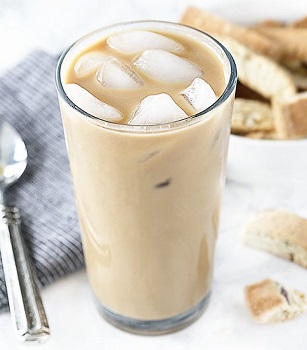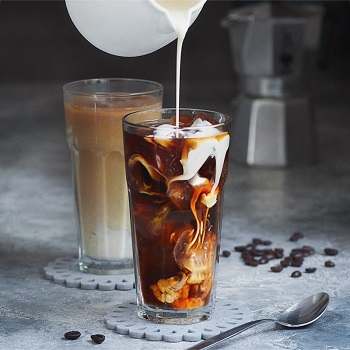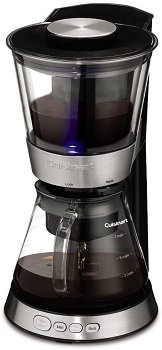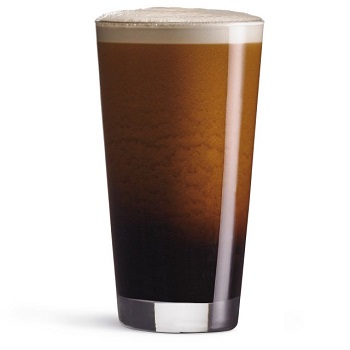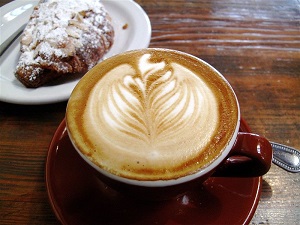There are some simple things you can do both to learn to brew the perfect cup of espresso and to avoid some critical errors that can derail your espresso brewing.
A quick review of how espresso is made illustrates the importance of these tips for brewing perfect espresso.
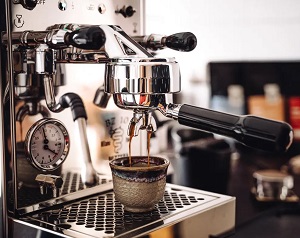
Espresso is made by forcing hot but not boiling water through finely ground coffee. This is done at fairly high pressure as coffee beans for espresso is ground quite finely. The coffee is tamped into a “puck”. The finer the grind of the coffee, the more time and pressure it takes to push water through it.
Your goal should be that the water for either a single shot or a double shot be forced through the puck in 25 to 30 seconds. If it takes more, your grind is too fine. If it takes less time, your grind is too course. A single shot (1.5 ounces of water pushed through 1 tablespoon of coffee grounds) should take the same time as a double shot (3 ounces of water pushed through 2 tablespoons of coffee grounds).
Having the right equipment to brew espresso is key to a perfect cup of espresso
You will need:- an espresso machine that produces at least nine bars of pressure
- espresso machine will have a boiler and should have portafilters for single and double shot drinks
- medium roast Arabica coffee beans (you can experiment with other roasts and other beans, but most find medium roast Arabica coffee beans give best results)
Brewing the perfect cup of espresso: this process will vary somewhat depending on the features of your espresso machine and whether it is manual, semi-automatic, or super automatic.
- For the perfect cup of espresso, it is best to preheat everything by running the first cycle without coffee. This will heat the porta filter and warm your cup with hot water
- put the appropriate amount of ground coffee in your porta filter and lock the portafilter in place
- start the pump (if you must do this manually) and then stop pumping when you reach 1.5 or 3.0 ounces, depending on whether you are making a single or a double
- during the extraction cycle, the coffee will start off being very dark and will gradually change to a lighter, gold color (“Crema”) near the end of the cycle
Key tips for brewing the perfect cup of espresso:
- make sure everything is clean when you start, especially the portafilter
- preheat your equipment as mentioned above
- use filtered or distilled water
- grind the beans immediately before you use them
- extraction time should be 25 to 30 seconds (change the grind if this is not true)
- remember, 1 tablespoon of coffee grounds for a single shot or 2 tablespoons for a double shot
- tamp the coffee into the portafilter
- lock the porta filter into the brew head (clean off any coffee grounds that with interfere with a tight seal)
- Use the appropriate button for a single shot or a double shot of espresso
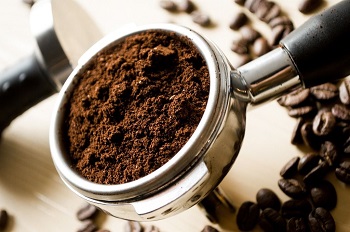
You might also like to read: What is single-origin coffee beans?
Top mistakes to avoid as a new home barista:
- Using coffee that is not fresh—get to know a local coffee roaster
- Not using a scale (Eyeballing things) — use a scale to weigh the coffee you’ve tamped into your portafilter
- Inconsistent tamping—consistency makes your experience repeatable cup after cup
- Using bad water—use filtered or distilled water both for taste and to reduce espresso machine maintenance
- Improper cleaning—make sure you clean everything as directed
- Using low-fat milk—the fat is essential to taste and texture of your drinks
- Not following your recipe (again, repeatability is the goal)
- Not having your machine “up to temperature”—purge the cold water in your machine before brewing.
- Be ready to enjoy and try new things!

